
Lisa here, ready to bring you another installment of Light Meter! (echo, echo, echo) Today we are going to turn our attention to a little something that most moms and dads aren’t too familiar with, white balance. Rest assured, this has nothing to do with how many potatoes or how much cauliflower (Blech! TM Lisa) you eat. No, no, it is all about your digital camera, the heat it records, and the lighting in the image you’re framing.
My camera records heat? Yes, digital cameras differ from film cameras in that they are made up of computer parts, one of them being a sensor. Sensors capture the heat or “color temperature” (in Kelvin) where as film captured color.
Wait, wait, what IS white balance? The technical answer can be found on www.dpreview.com. The not-so-technical answer is that in order to record colors properly given the lighting conditions, the camera looks for white within the image to adjust off of. If there isn’t any white then the image can look dull and flat.
A large variety of point and shoot cameras allow you, the user, to adjust the white balance by selecting one of these options: Auto, Daylight, Cloudy, Tungsten, and Fluorescent.
Let’s look at some examples. First we begin with a colorfully painted building. If you’re unfamiliar with it, it can be found in Disney’s Hollywood Studios. Stand in front of the main entrance to Stage 1 Complany Store. On your left will be what looks like an alley. Head down the alley and look up on your left. Here you’ll find Miss Piggy holding Kermy ever so tenderly.
The day I shot this was overcast. I have not made any adjustments to these photos whatsoever.
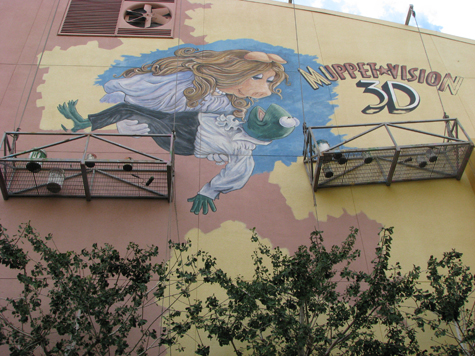
Here the white balance was set to Auto.
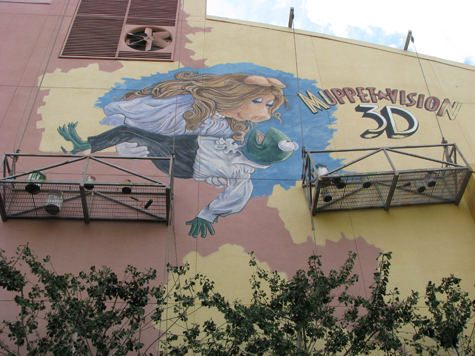
White balance was set to Daylight here.
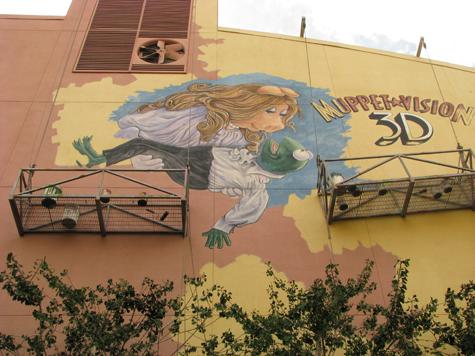
White balance was on Cloudy.
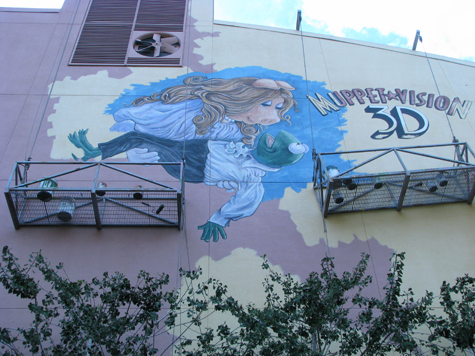
Tungsten

And finally, fluorescent.
The camera’s Auto White Balance did a terrific job of recording color, and not blowing out the white clouds. It’s remarkably similiar to what the Daylight mode captured. However, the Cloudy setting picked up bolder colors, adjusting for the lack of direct sunlight. Neither Tungsten or Fluorescent would be able to recreate natural light.
What most people have in their homes is tungsten lighting. These bulbs look yellow/orange in print and aren’t all that flattering to skin tones. To provide you with samples, I got some models who were just laying around underneath tungsten lights. Sure, they were in a smaller room than you or I would venture into but you get the idea.

Auto Dwarf

Daylight Dwarf

Cloudy Dwarf
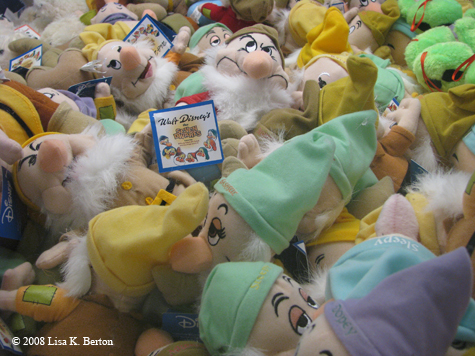
Tungsten Dwarf

Fluorescent Dwarf
While Auto did a good job of eliminating most of the yellow/orange tint, some yellow still remains. Tungsten did the best job of color correcting.
Looking for a Dwarf? These guys are waiting for you to take them home from Toy Story Pizza Planet, first floor.
Want to get even more technical? Check out this webpage.
Scott’s previous piece about white balance can be found here.

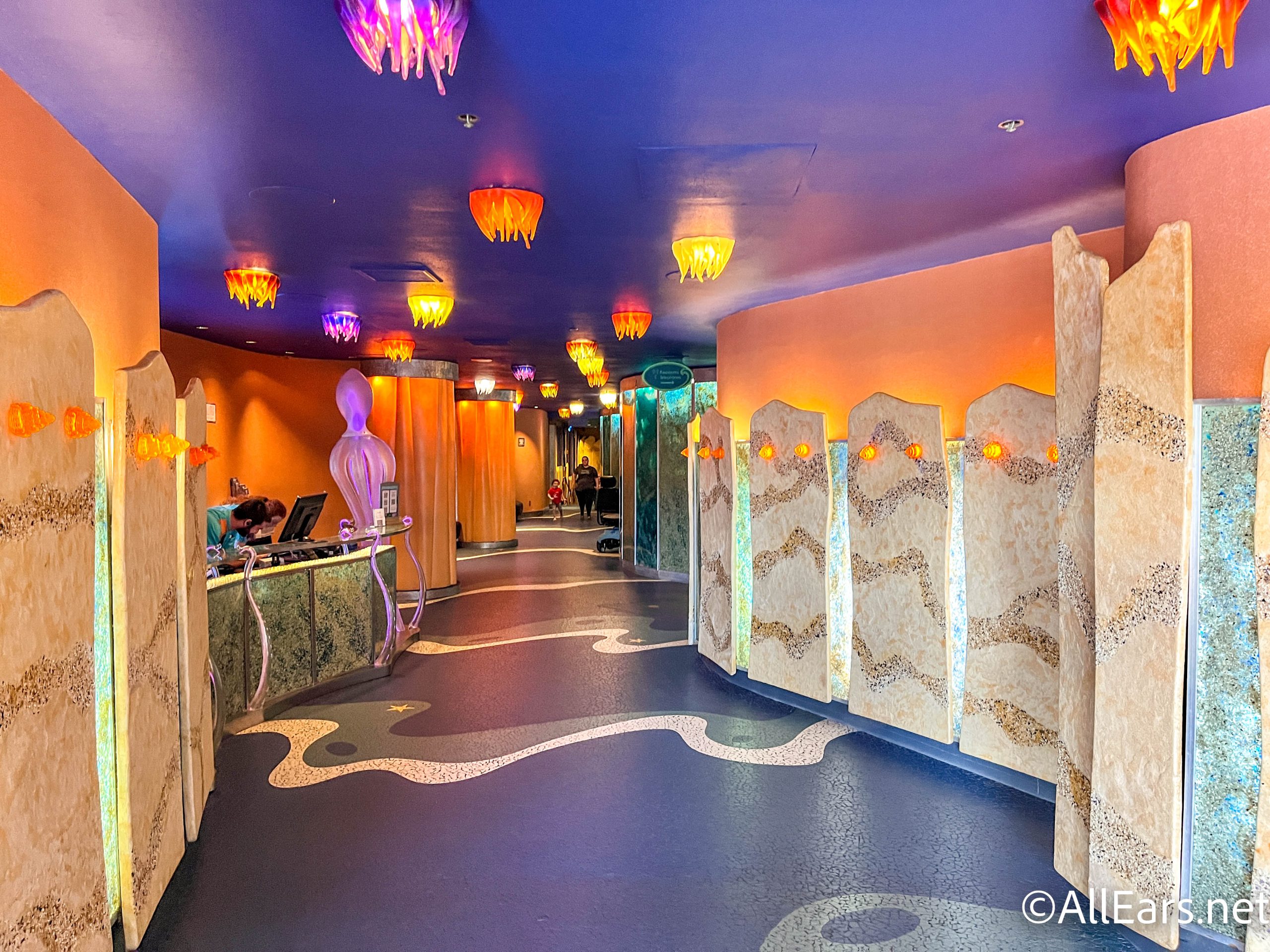

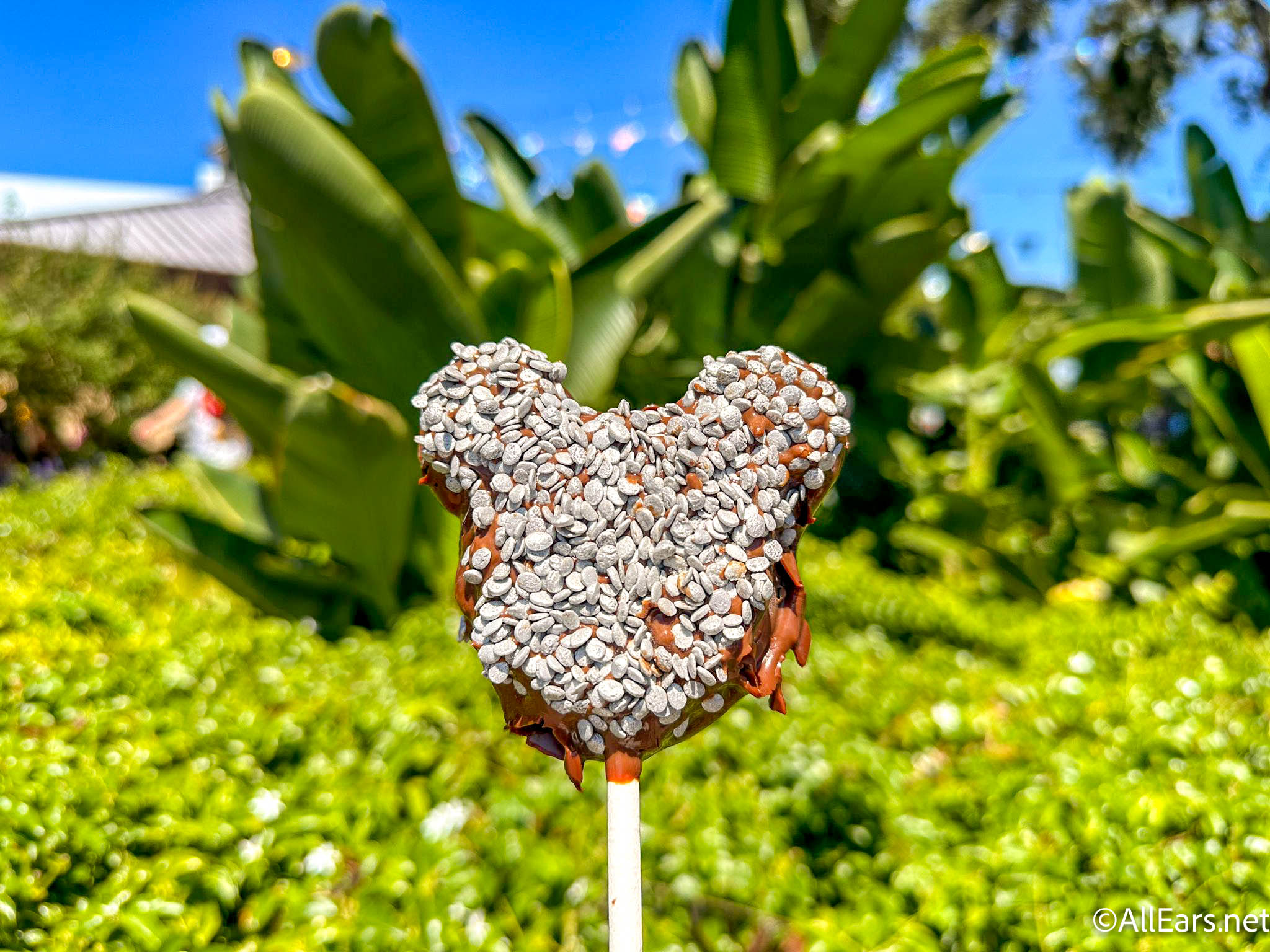
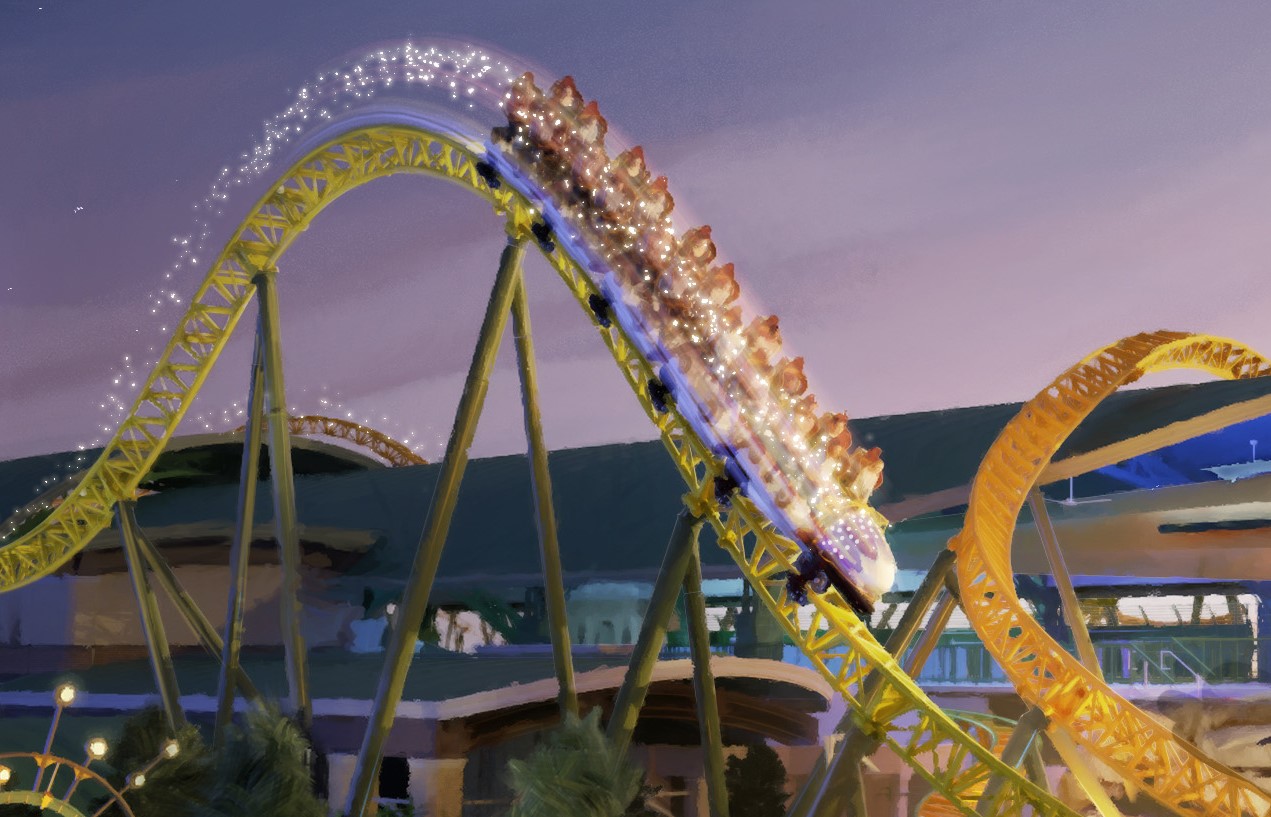


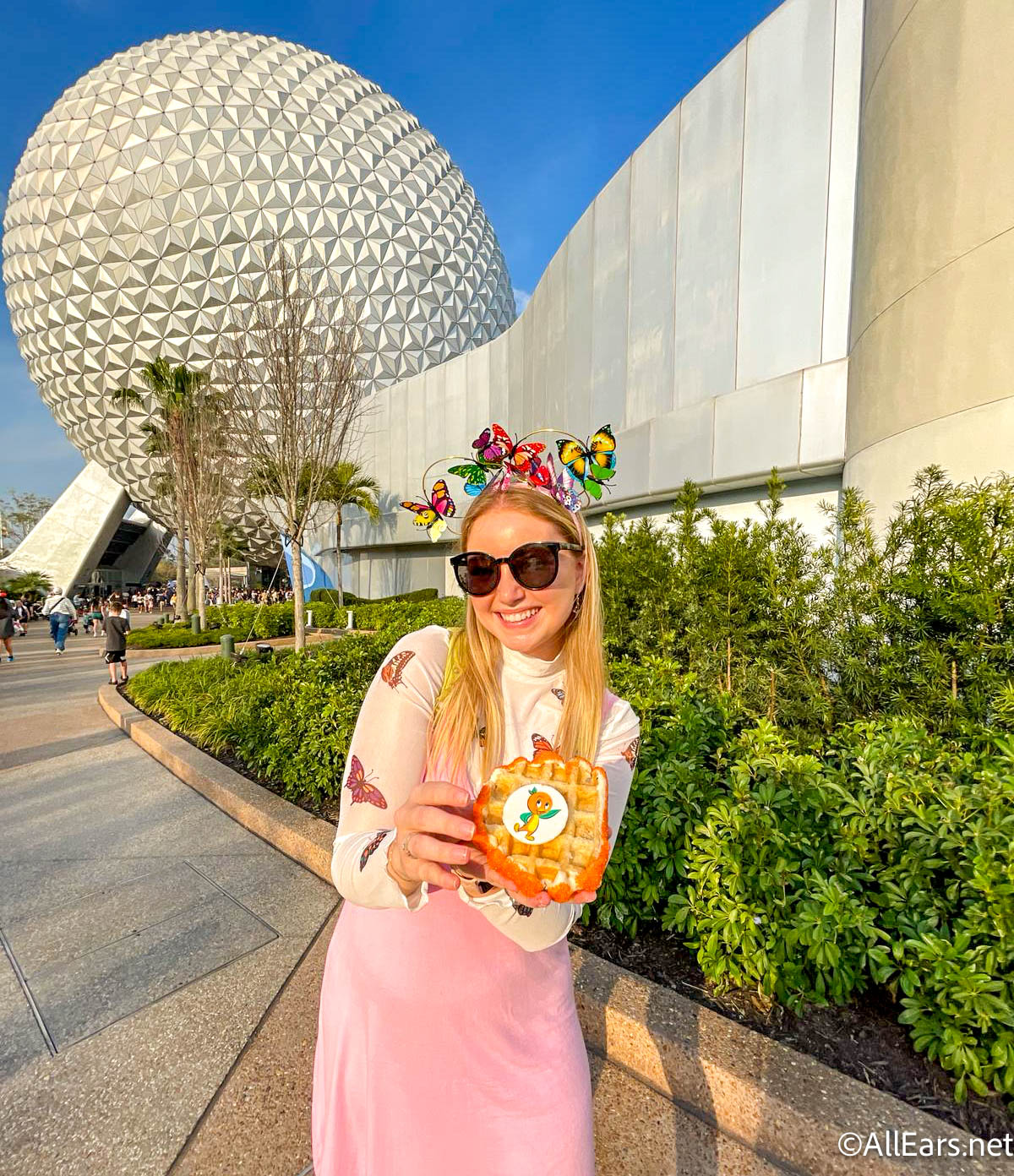
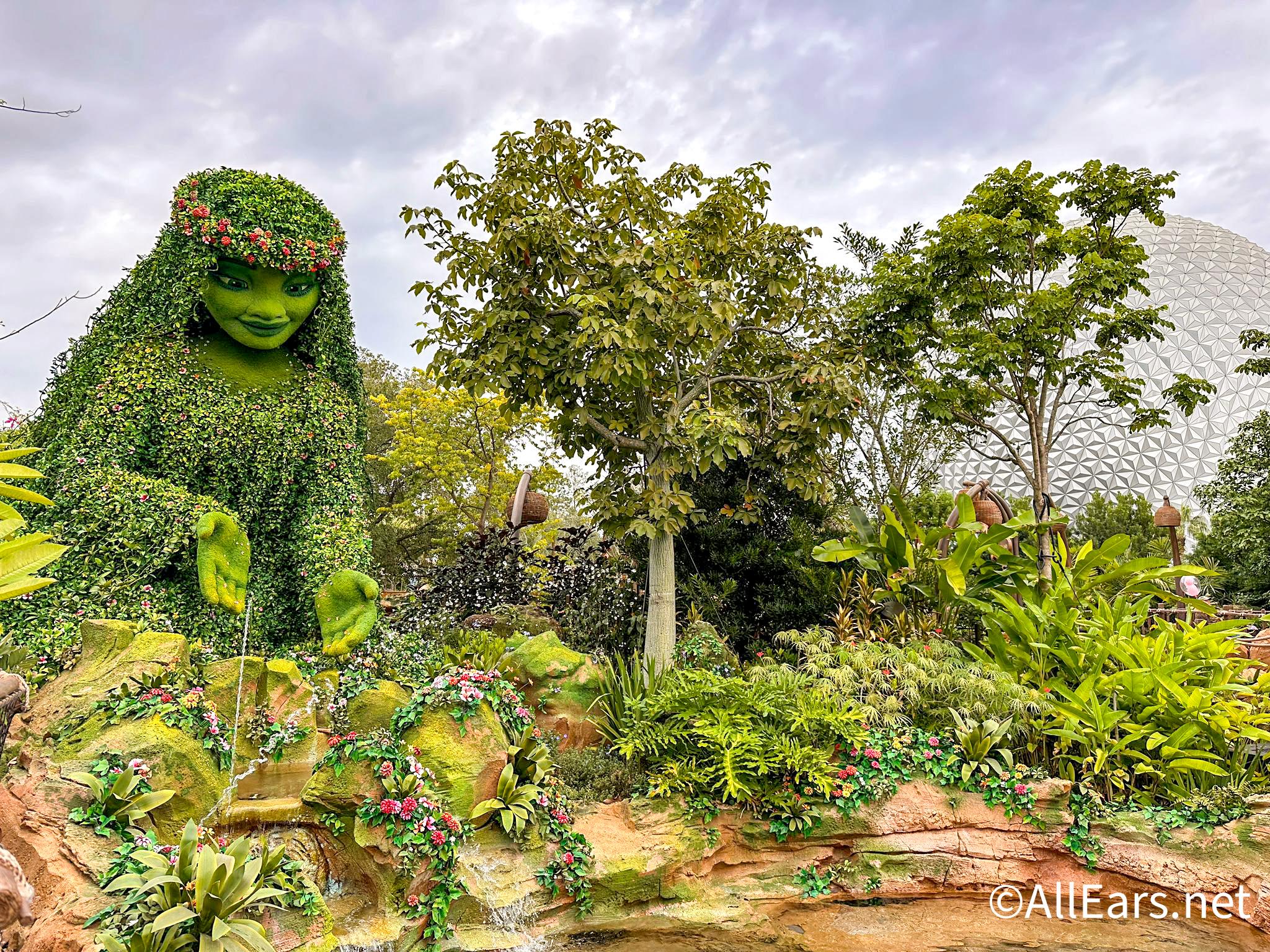

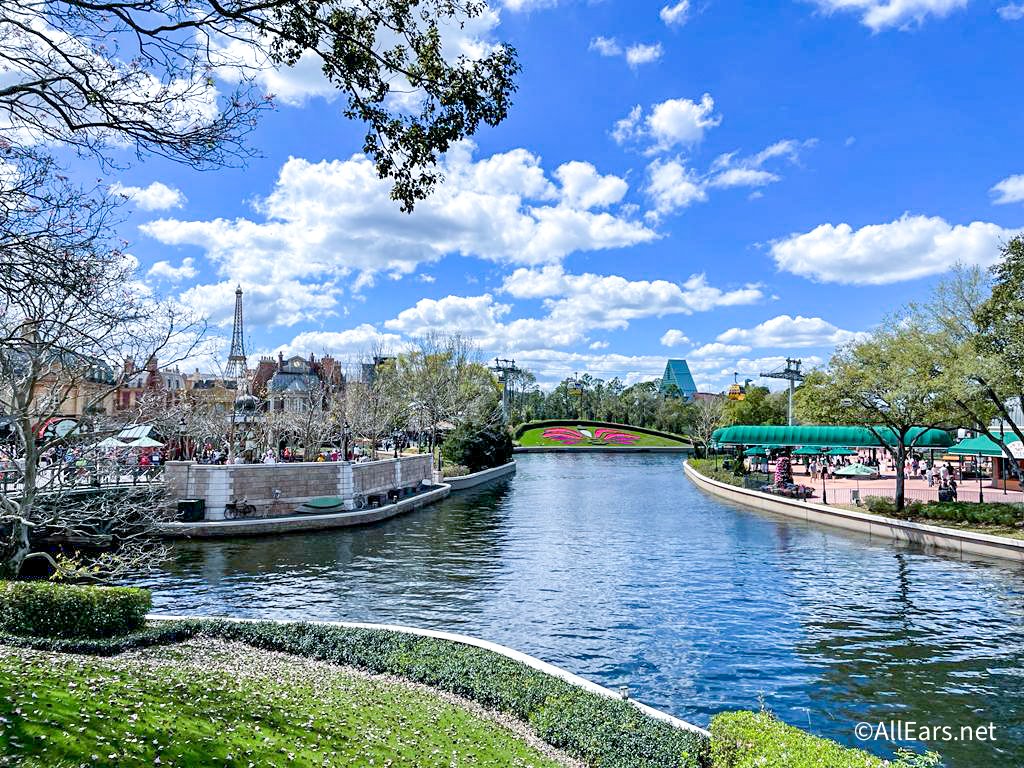



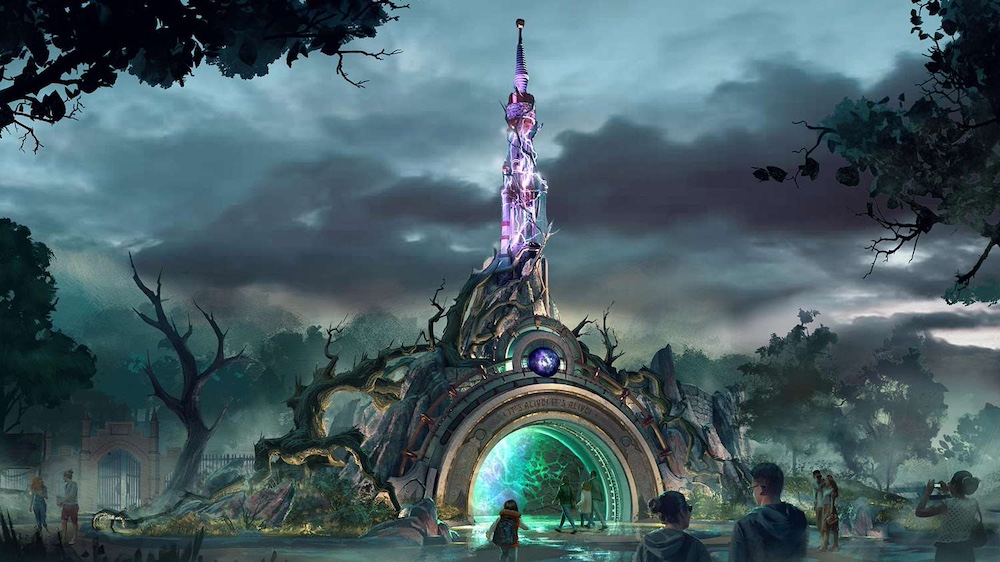
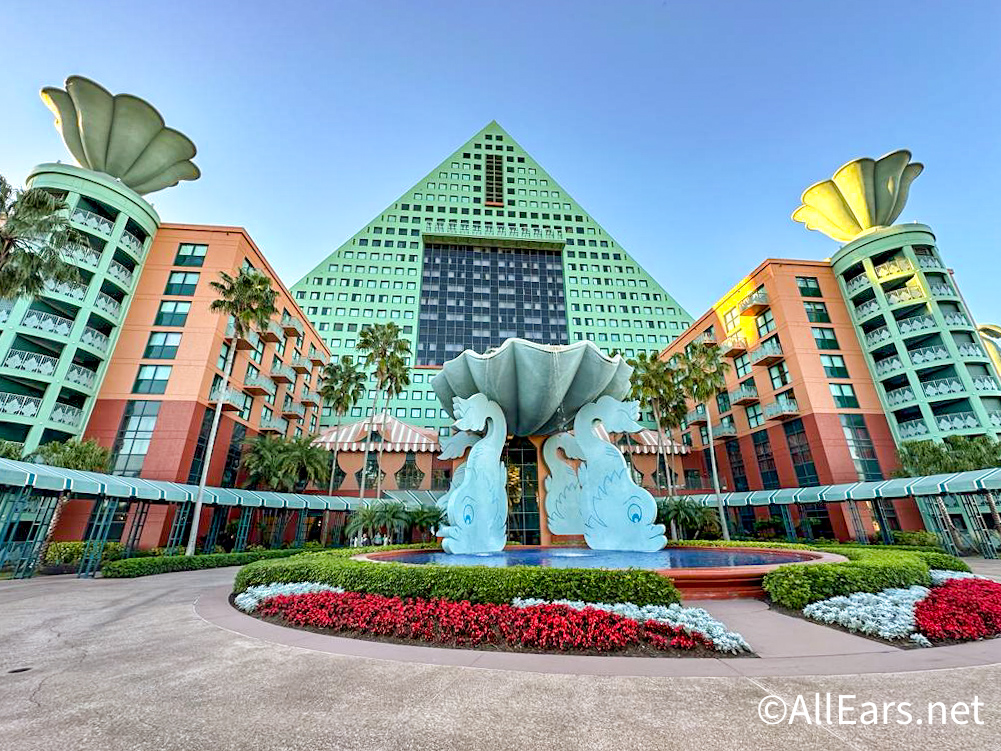

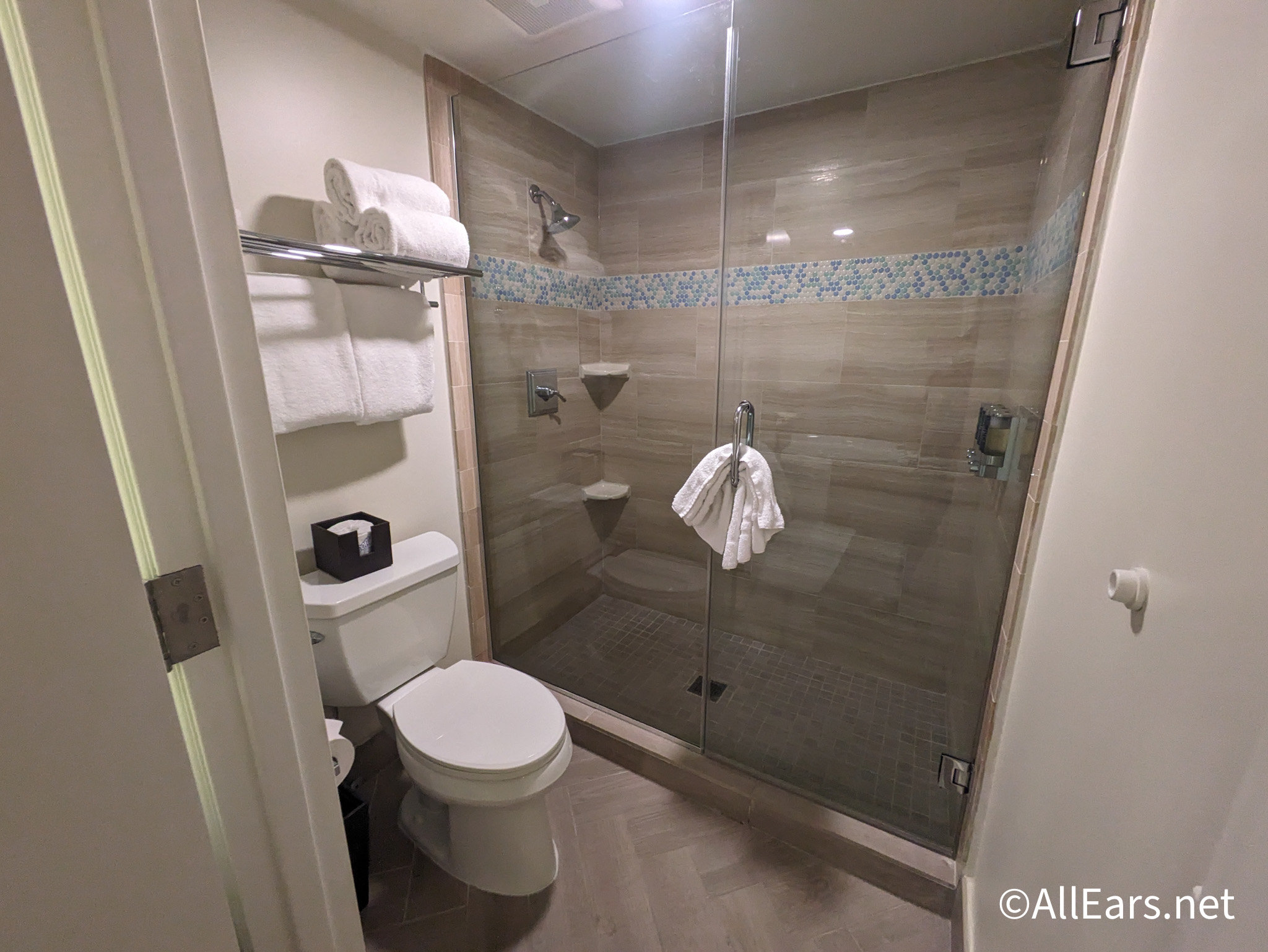
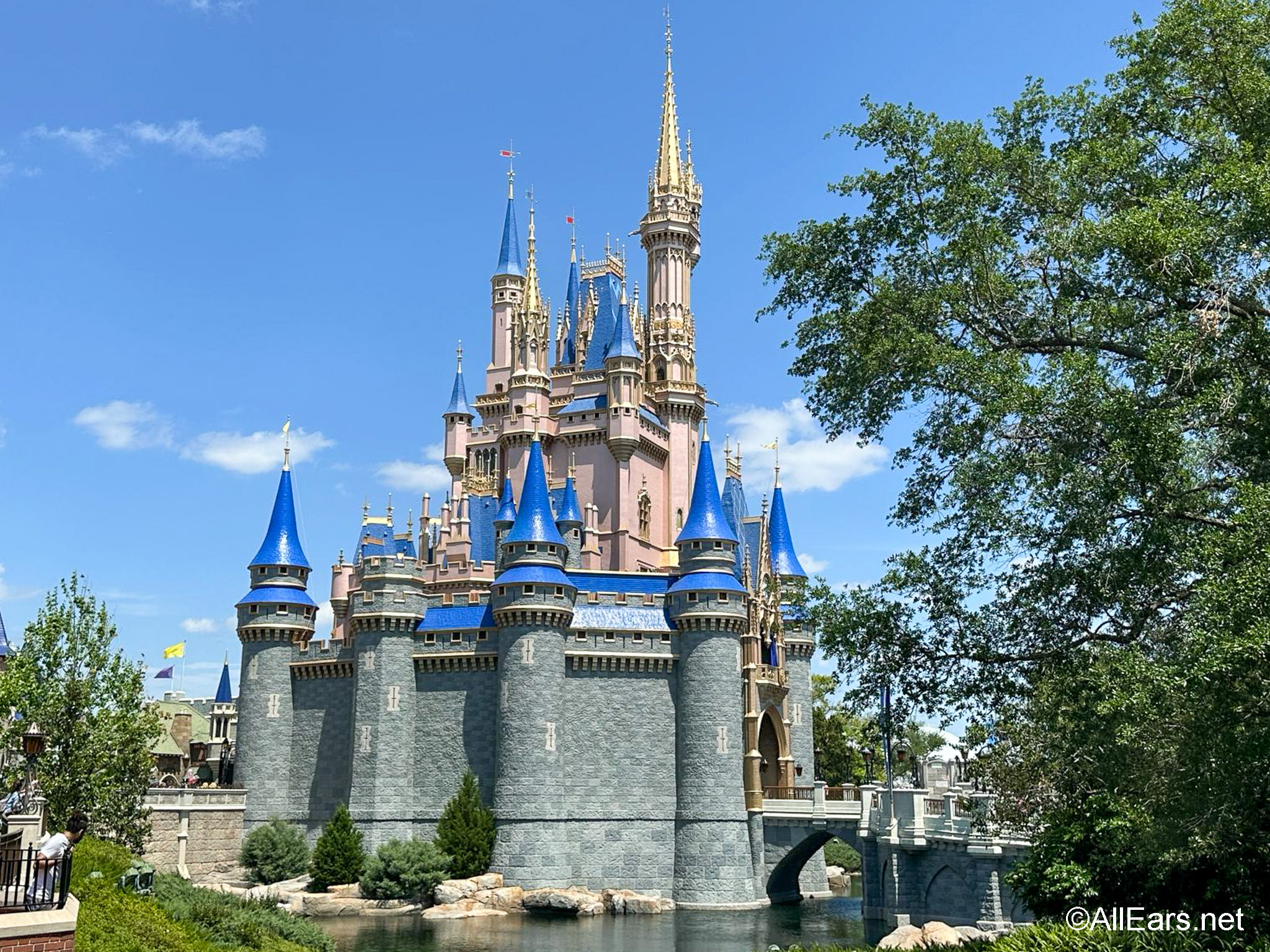
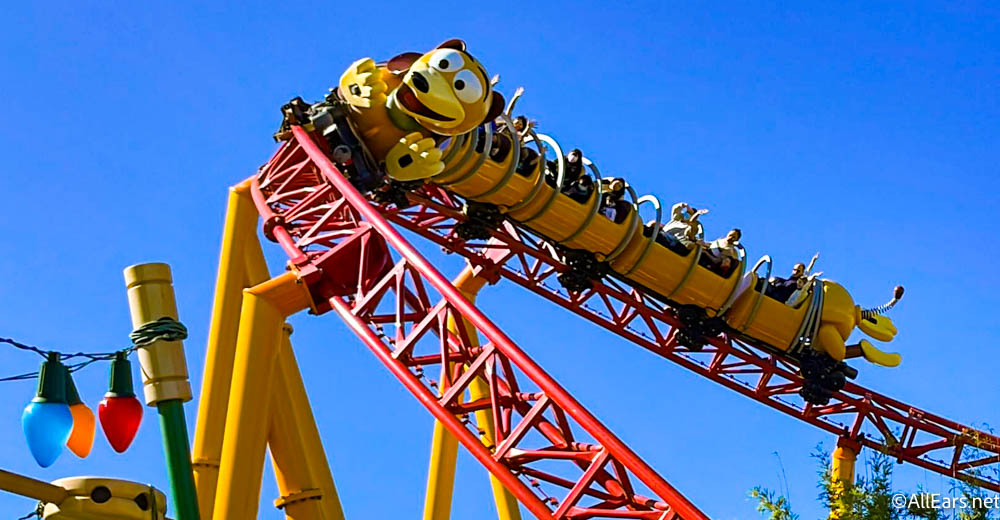


Trending Now
These Disney World restaurants needs some TLC.
We found your perfect Hollywood Studios tee.
The dates for EPCOT's Food & Wine Festival are HERE!
There's a NEW roller coaster coming to Epic Universe in Universal Orlando, and we've got...
Disney just filed a new permit for work on the Imagination Pavilion and Journey Into...
A Hollywood Studios attraction is closing for refurbishment in one week!
Drinking around the world in Disney's EPCOT is so much fun, but you need to...
I write about Disney World nearly every single day, and my coworkers are there EVERY...
No one will tell you this about your first day at Disney World, but WE...
We use these seven cheats at Disney World's EPCOT all the time.
Let's take a look at everything that's been confirmed to return so far.
There are so many places to rest your head at the end of a Disney...
Tour dates confirm this 1980s superstar's return to Food & Wine in 2024.
Dark Universe seems like a prime candidate for Halloween Horror Nights, but will it happen?
Let's talk about some Criminally Underrated EPCOT hotels!
Don't miss out on these super low prices on Amazon for a bunch of cool...
There is a bathroom trend picking up steam in Disney World, and we are on...
Whatever you do, DON'T make this Disney World ride mistake!
We've got some of the BEST Cast Member tips just for YOU!
We've got a SNEAK PEEK at NEW souvenirs coming to the 2024 EPCOT Food &...